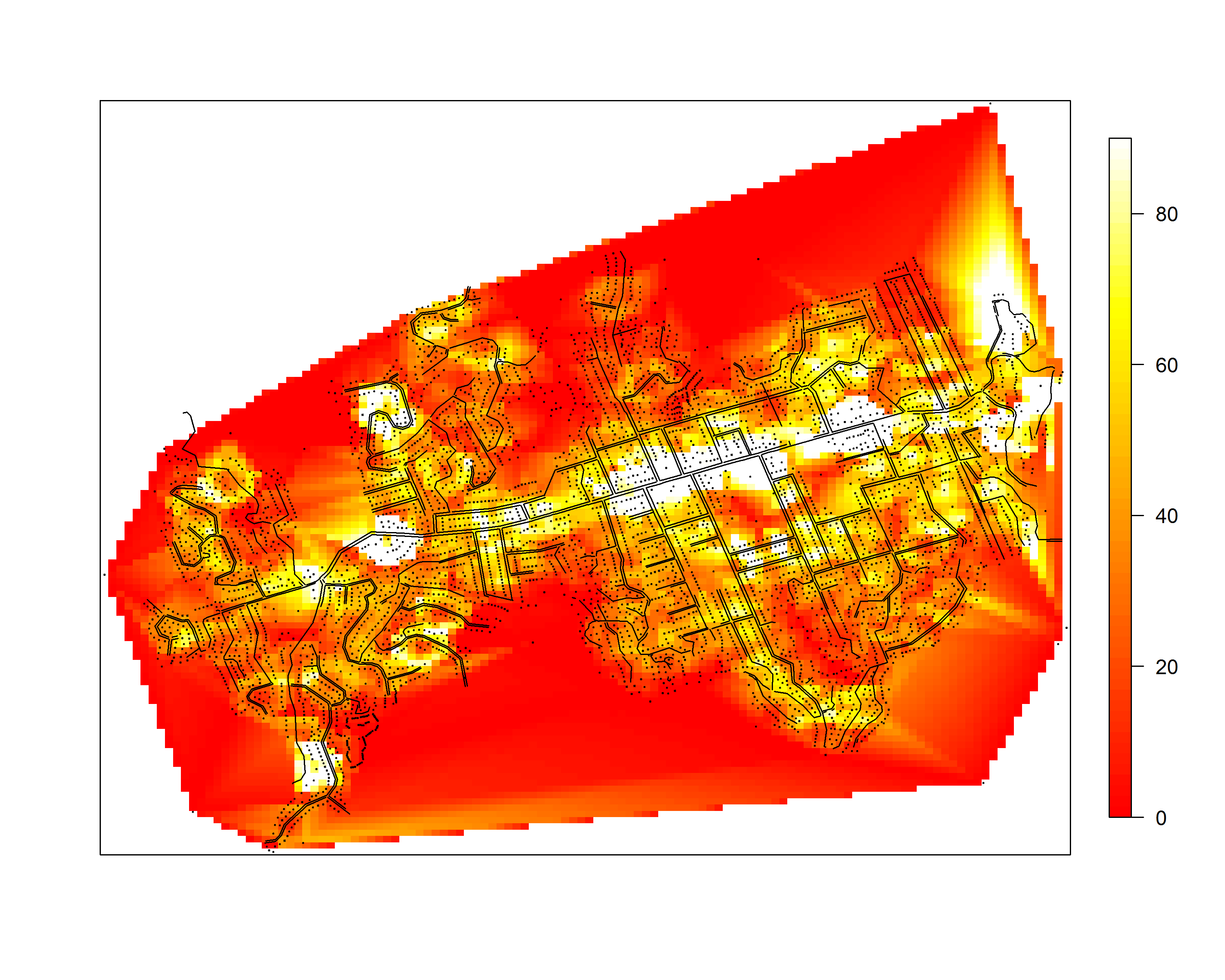James Waugh

Rostering
I have recently been working on a project for Airways New Zealand that uses mathematical optimisation techniques to construct efficient air traffic control rosters over a 24 hour period. Different sectors of control (e.g. Auckland) have unique coverage requirements over the 24 hours (the number of air traffic controllers required at specific hours). Solution rosters inform air traffic controllers when to devote their time to air traffic control activities and when to work on another productive work task.
Some of the model's considerations are:
-
Minimising the number of required air traffic controllers a safe way (ensuring that coverage requirements are fulfilled).
-
Scheduling air traffic controllers' breaks such that they can continue to perform at a high standard.
-
Maximising harvestable hours that can be devoted to other productive tasks from the required air traffic controllers.

Asset Management
I am working on a project for Wellington City Council to determine economic yield on council transport assets. This project is currently a 'proof of concept' for some suburbs in Wellington and is intended to be extended to all of Wellington later.
The project has involved:
-
Estimating the annualised value of the use of the assets for each property.
-
Determining the pro-rata income devoted to the assets for each property.
-
Determining economic yield per property.
-
Visualising the information with spatial mapping.
In the future this project will advance toward determining the potential for area-specific development determined by inspecting the capacity of council assets (roads, waste-water, potable water and stormwater pipes).
Logistics and Supply Chain
I worked on a problem for a one of australasias major trucking and logistics based companies on a project aimed at optimising the use of one of their largest truck fleets to allow the truck fleet to process more customers in their work-day. The project has so far involved many interesting problem areas of operations research.
Some of the problem areas were:
-
Determining the shortest path in a road network between two positions (shortest path problem).
-
Determining the most efficient way to visit each customer in a group of customers exactly once starting from a depot (Travelling Salesman Problem with Time Windows, Dynamic Programming)
-
Partitioning the work amongst drivers in an efficient manner whilst respecting driver limitations (VRP, set partitioning problem).
-
Improving upon a solution iteratively in a large scale problem (large scale neighbourhood search).
I worked in the C++, Python, R and AMPL programming environments on this project and was supervised by Associate Professor Andrew Mason.
My optimisation model demonstrated that it could:
-
Raise the expected number of customers the fleet could process per year by up to 24%.
-
Allow for customers that need to be serviced within specific time intervals of the day.
-
Communicate solutions comprehensively using Google Earth time-series files.
-
Adapt drivers' routes when new customers call throughout a day and drivers are on the road.
-
Assign reasonable workloads to drivers without compromising efficiency.
Accolades
Operations Research Society of New Zealand (ORSNZ) Young Practitioner Prize - Joint 1st place
-
Prize awarded to best work by practitioner under the age of 30 in the field of Operations Research.
Cecil M Segedin Prize - Top of course
-
The Prize will be awarded each year for the most meritorious Research Project in Part IV of the Bachelor of Engineering (Honours) Engineering Science programme.
Best undergraduate presestation
-
Awarded best presentation in the Department of Engineering Science as judged by academic staff.
Statistical Modeling
While working as an intern in the consulting division of an international professional services firm I produced a multi-variate regression (statistical) analysis for a New Zealand sports body. The analysis gave the client insights into which factors contributed positively and negatively to the ticket sales of their games (and to what effect).